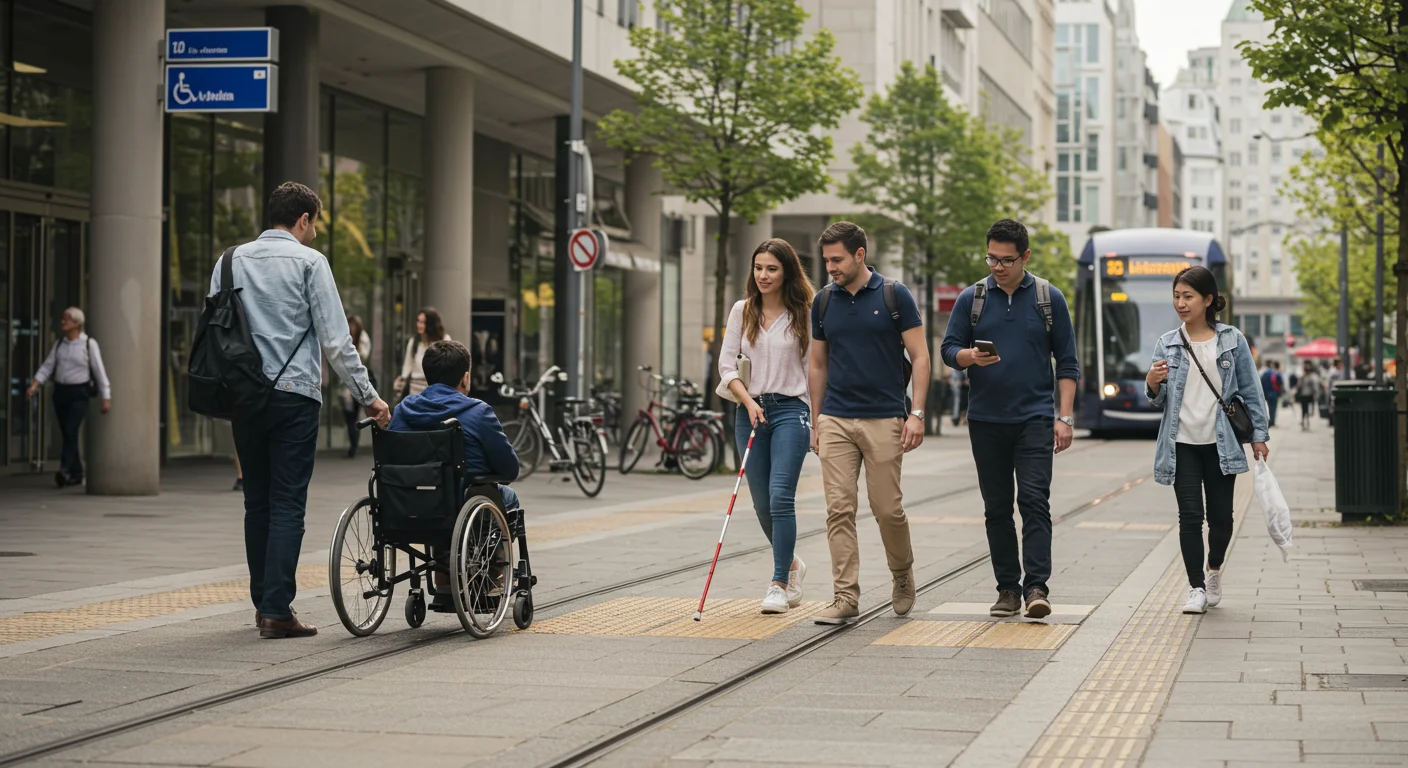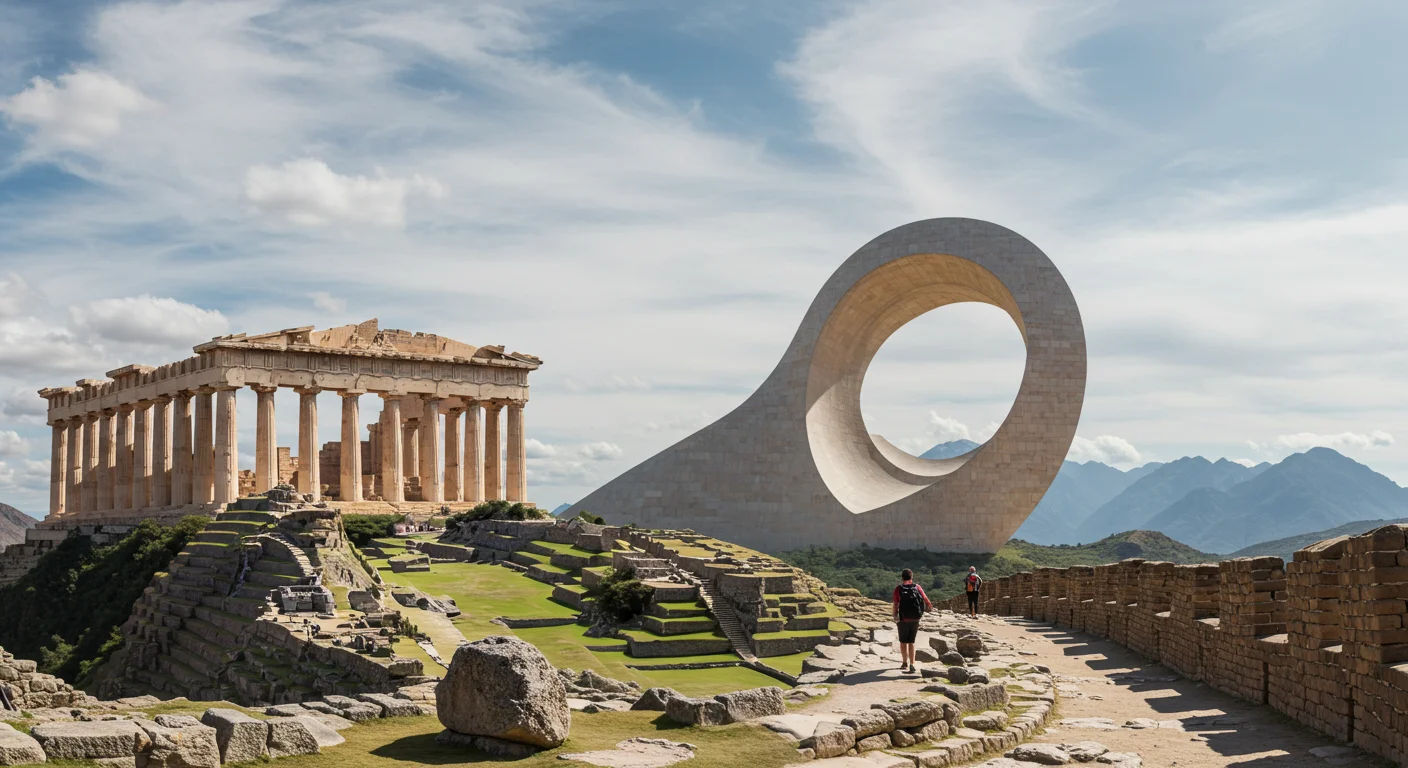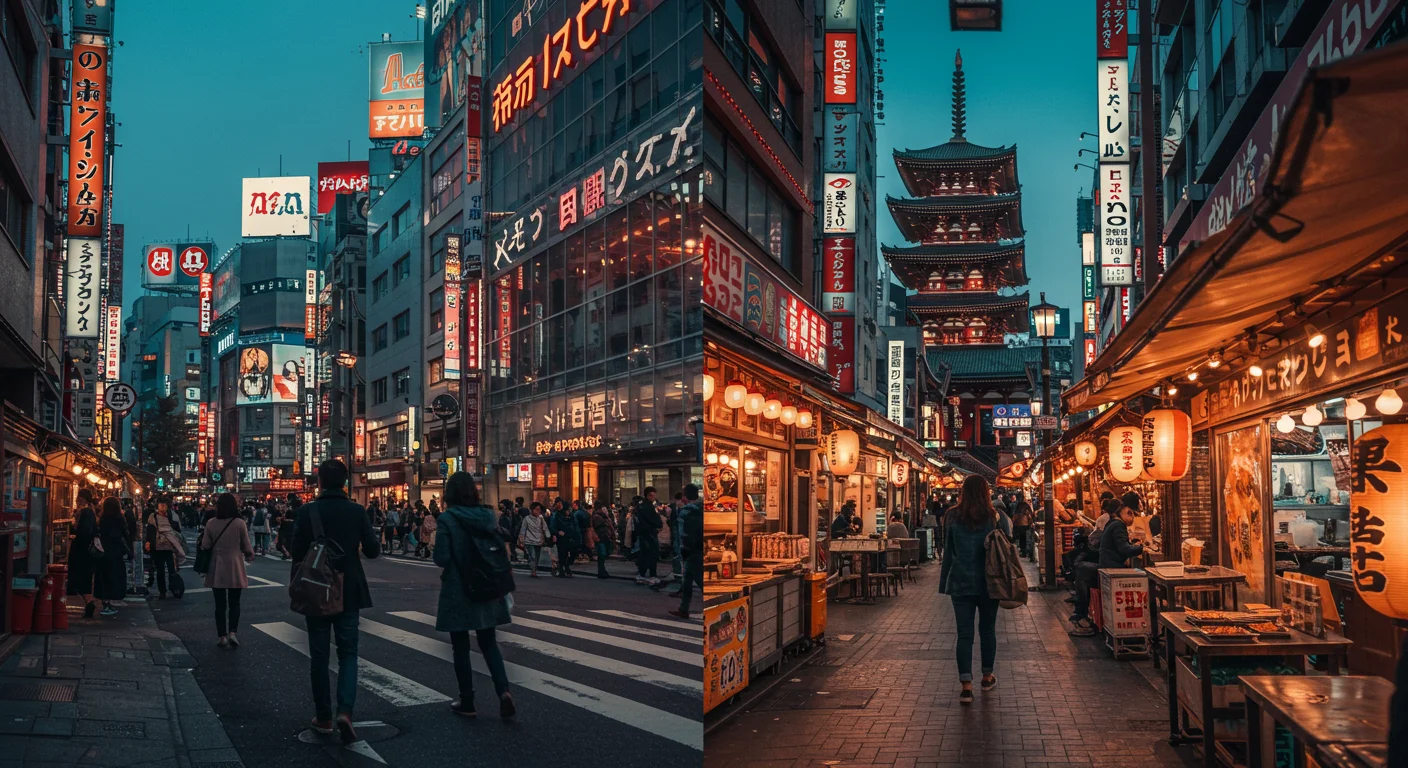Traveling to urban destinations is exciting, but ensuring accessibility in urban destinations can make or break the experience for people with disabilities. Cities are bustling hubs of culture, history, and adventure, yet navigating them can be challenging for those with mobility, sensory, or cognitive needs. This guide explores what you need to know about accessible travel in cities, offering practical tips and insights to ensure everyone can explore urban landscapes with ease.
Why Accessibility in Urban Destinations Matters
Urban areas are designed for large populations, but not always with inclusivity in mind. Accessibility ensures that people with disabilities can enjoy public spaces, transportation, and attractions without barriers. From wheelchair ramps to audio guides, cities are slowly adapting to meet diverse needs. Understanding accessibility in urban destinations helps travelers plan trips that are stress-free and enjoyable. It also empowers cities to improve infrastructure, making them welcoming for all.
Inclusivity benefits everyone. For example, ramps designed for wheelchairs also help parents with strollers or elderly travelers. By prioritizing accessibility, cities foster a sense of belonging and ensure no one is left out of the urban experience.
Common Accessibility Challenges in Cities
Urban destinations often present unique obstacles. Narrow sidewalks, crowded public transport, and historic buildings with steep stairs can limit access. Sensory overload from noise or bright lights can also affect travelers with autism or visual impairments. Recognizing these challenges is the first step to overcoming them. Here are some common barriers:
- Uneven or narrow sidewalks that hinder wheelchair movement.
- Lack of tactile paving for visually impaired pedestrians.
- Inaccessible public transportation, like buses without ramps.
- Historic sites with limited elevator access.
- Insufficient signage or audio guides for sensory needs.
Planning an Accessible Urban Adventure
Preparation is key to enjoying accessibility in urban destinations. Start by researching your destination’s infrastructure. Many cities now offer accessibility guides on their tourism websites, detailing wheelchair-friendly routes, accessible attractions, and transportation options. Contacting hotels or tour operators directly can also clarify specific accommodations, such as rooms with roll-in showers or braille menus.
Apps like AccessNow or Wheelmap provide crowd-sourced data on accessible locations, from restaurants to museums. These tools help travelers make informed decisions. Always check for updated information, as accessibility features can change.
Choosing Accessible Accommodations
Finding the right place to stay is crucial. Look for hotels with features like step-free entrances, wide doorways, and accessible bathrooms. Many urban hotels now offer rooms designed for mobility or sensory needs. When booking, ask about:
- Elevator access to all floors.
- Availability of visual or vibrating alarms for hearing-impaired guests.
- Proximity to public transport or attractions.
Reading reviews from other travelers with similar needs can also provide insights into real-world accessibility.
Navigating Urban Transportation
Public transportation is the lifeline of urban destinations, but accessibility varies widely. Some cities, like London or New York, have made strides with accessible subway stations and buses with ramps. Others may lag behind. To navigate transportation effectively:
- Check transit authority websites for accessibility maps.
- Use ride-sharing services with accessible vehicle options.
- Plan routes in advance to avoid inaccessible stations.
Accessibility in urban destinations often hinges on transportation, so researching options like paratransit services or accessible taxis can make a big difference.
Exploring Attractions with Ease
From museums to parks, urban attractions are highlights of any trip. Many now offer accessibility features, such as audio tours for the visually impaired or sensory-friendly hours for neurodiverse visitors. Before visiting, contact attractions to confirm:
- Wheelchair access to exhibits or restrooms.
- Availability of sign language interpreters or captioned tours.
- Quiet spaces for sensory-sensitive travelers.
Some cities also offer accessibility passes, granting priority access to attractions for those with disabilities.
Technology and Tools for Accessible Travel
Technology is transforming accessibility in urban destinations. Smartphone apps, wearable devices, and online resources are making cities more navigable. For example, Google Maps now includes wheelchair-accessible routes in some cities. Other tools, like Be My Eyes, connect visually impaired travelers with volunteers for real-time assistance. These innovations empower travelers to explore with confidence.
Wearable devices, such as vibrating navigation aids, can also help those with visual or hearing impairments. Researching these tools before your trip can enhance your experience.
Advocacy and Awareness
Travelers can play a role in improving accessibility by sharing feedback. If you encounter barriers, politely inform businesses or city officials. Many urban destinations are eager to improve but may not know where gaps exist. Joining online communities or forums for accessible travel can also provide support and tips from others with similar needs.
Advocacy doesn’t just help you—it paves the way for future travelers. Accessibility in urban destinations improves when more voices call for change.
Tips for a Smooth Accessible Trip
Here’s a quick summary of tips to ensure accessibility in urban destinations:
- Research accessibility features before booking accommodations or activities.
- Use apps like AccessNow to find accessible venues.
- Contact attractions directly to confirm specific needs are met.
- Plan transportation routes with accessibility in mind.
- Carry a list of local resources, like accessible taxi services.
- Share feedback to help cities improve inclusivity.
By preparing thoroughly, travelers can focus on enjoying the sights, sounds, and culture of urban destinations without worry.
Future of Accessibility in Cities
The future of accessibility in urban destinations looks promising. Cities worldwide are investing in universal design, creating spaces that work for everyone. From smart traffic lights that assist the visually impaired to inclusive playgrounds, urban planning is evolving. Travelers can support this progress by choosing destinations that prioritize inclusivity and sharing their experiences.
As technology and awareness grow, urban destinations will become even more welcoming, ensuring everyone can explore their vibrant offerings.




